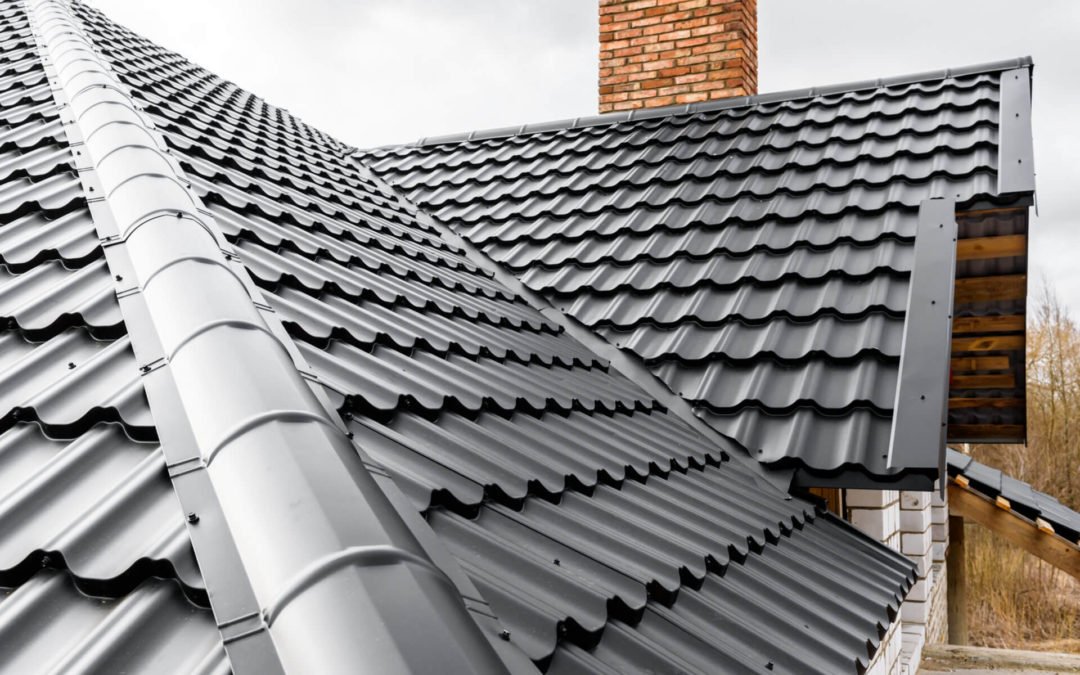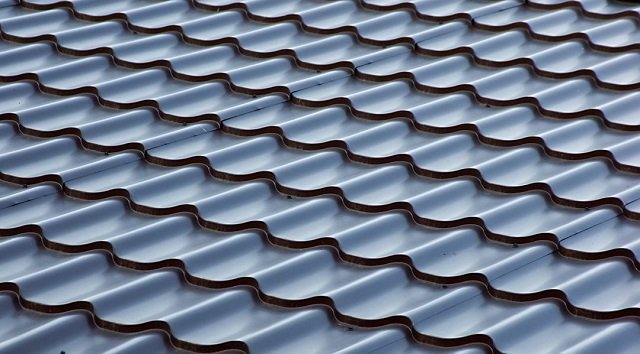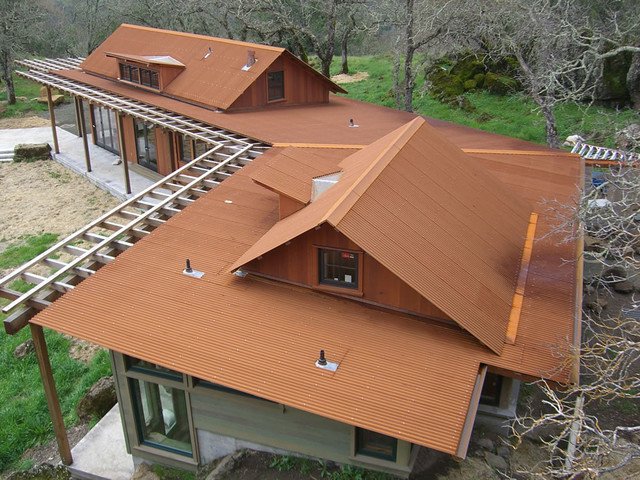Overview:-
With so many options available, determining which metal roof is ideal for your home or structure may be difficult. From traditional copper to cutting-edge steel, each type of metal roofing material offers distinct advantages.
Steel Roofing:-
Steel is an alloy composed of iron and other metals. Steel roofing has traditionally been one of the most prevalent materials used on a commercial construction site and is increasingly frequently included in residential projects.
While the original production of steel can be an energy-intensive operation when compared to a metal such as zinc, the metal alloy’s recyclability and availability mean that the majority of the steel employed presently is created from recycled material instead of new. In reality, steel is the world’s most recyclable and highly green construction material.
Steel is also the most affordable metal when compared to others. Steel, while also a commodity, is frequently priced significantly cheaper than aluminium, zinc, or copper. Steel is thus both cheaper and more widely accessible than the other metals.
Steel roofs are classified into three categories: galvanised, galvalume, and weathering steel.
Galvanized steel is made by coating an inner layer of steel with zinc to protect it against corrosion. It helps to increase the lifespan and slow down the corrosion process of a steel panel. The most popular kind of steel roofing material is Galvanized Steel.
Galvalume Steel is comparable to galvanised steel, except instead of a zinc-only coating, Galvalume employs an aluminium-zinc mixture. When opposed to galvanised steel, aluminium provides superior corrosion resistance in some conditions, as well as a shorter, smoother spangle for a much more unified look. Galvalume steel provides higher surface protection than galvanised steel due to its aluminium properties, although it is susceptible to abrasion or cut edges.
Weathering Steel is a steel type that was initially developed for usage in heavy steel industries such as the construction of bridges. An external layer of steel was created to deliberately rust and preserve the inside steel layer. Weathering steel roofing, in essence, operates exactly to aluminium in the patina phase, however unlike aluminium, this method is time-consuming. It is critical to note that Weathering Steel rusts on purpose and is not intended to be utilised as a structural solution for steel roofing. It is typically utilised on accented roofs or with the express knowledge of corrosion processes and maintenance requirements.
Conclusion:-
In the last 50 years, steel roofing has made great progress and today can be used to simulate copper, zinc and other more costly materials. This is achieved using paint methods that provide a coated finish that matches a copper, zinc or even weathered steel appearance with a natural patina. These solutions generally have extended guarantees and are excellent for renovations, restaurants and new buildings.
Steel has the main benefit of the versatility of usage and affordability over other materials in this list. Steel was the preferred solution for both commercial and residential buildings due to the higher pricing of other metals, and this trend is going to persist for the foreseeable future.
As a green option, it is both widely obtainable and massively biodegradable. As far as choices go, because it is one of the toughest metals available, it can be utilised in hazardous weather conditions, including hail and severe winds. It is commonly seen in high snow volumes in alpine locations and is a popular option in hail-prone regions.
Steel is a versatile material that can be used both professionally and as a home metal roofing alternative. Steel is the ultimate of roofing choices due to its wide variety of applications, low cost, availability, and durability.



